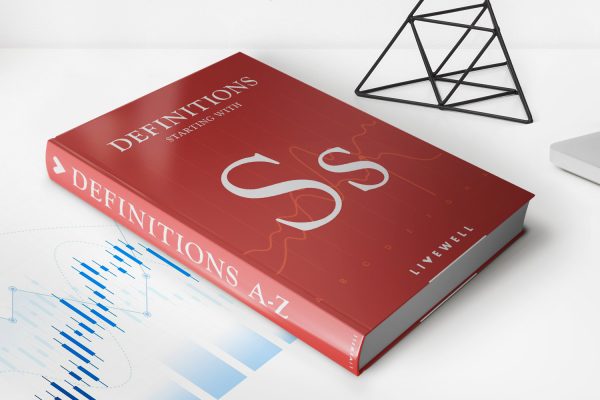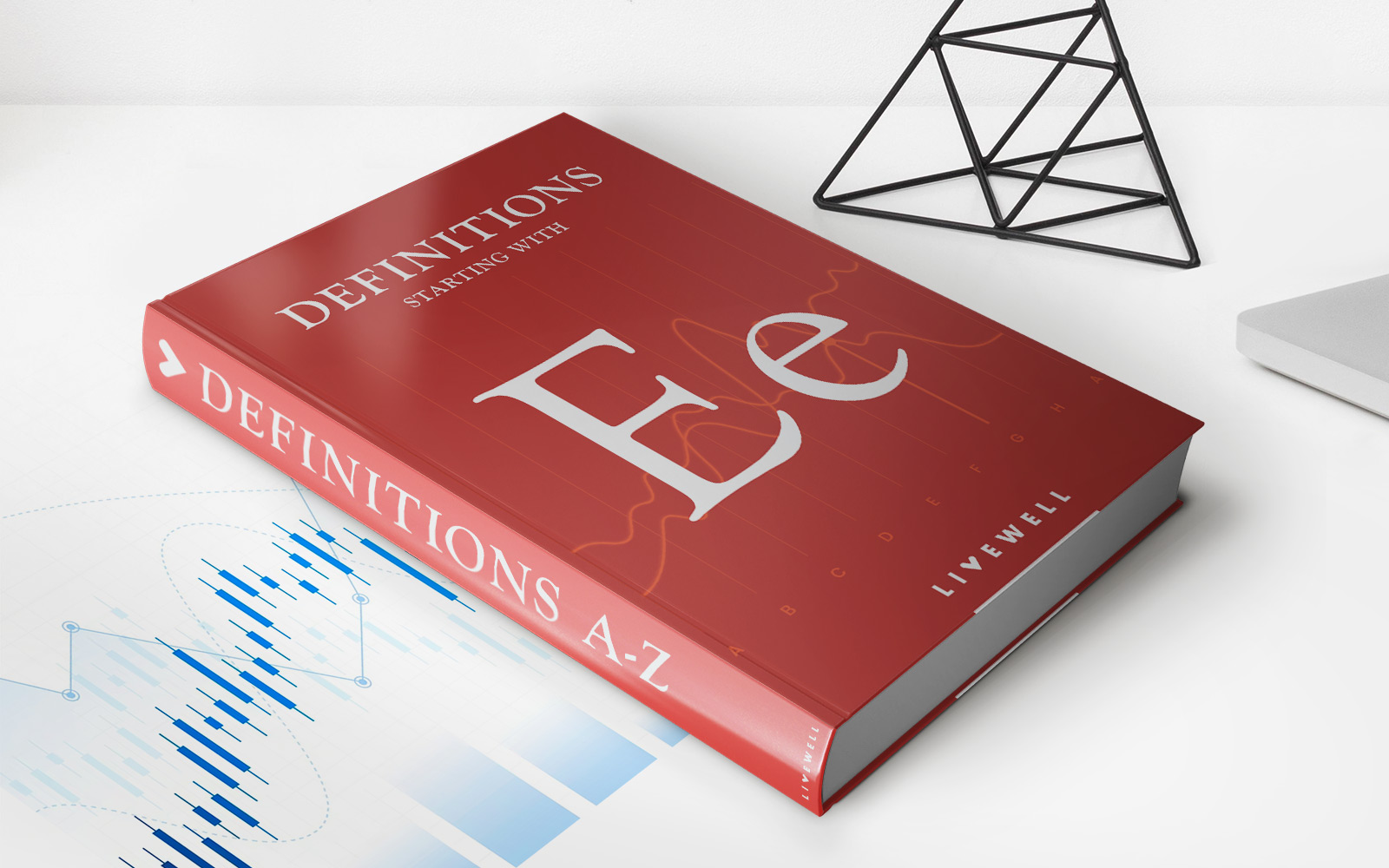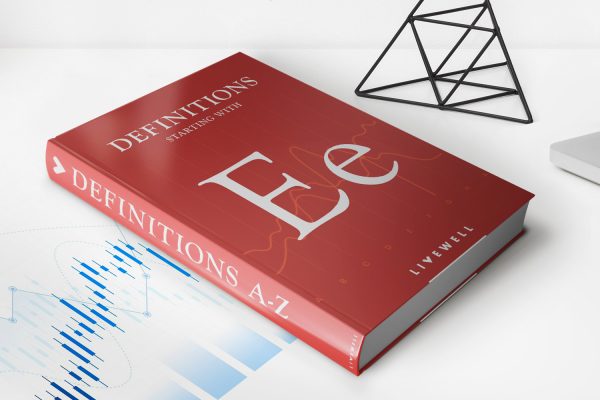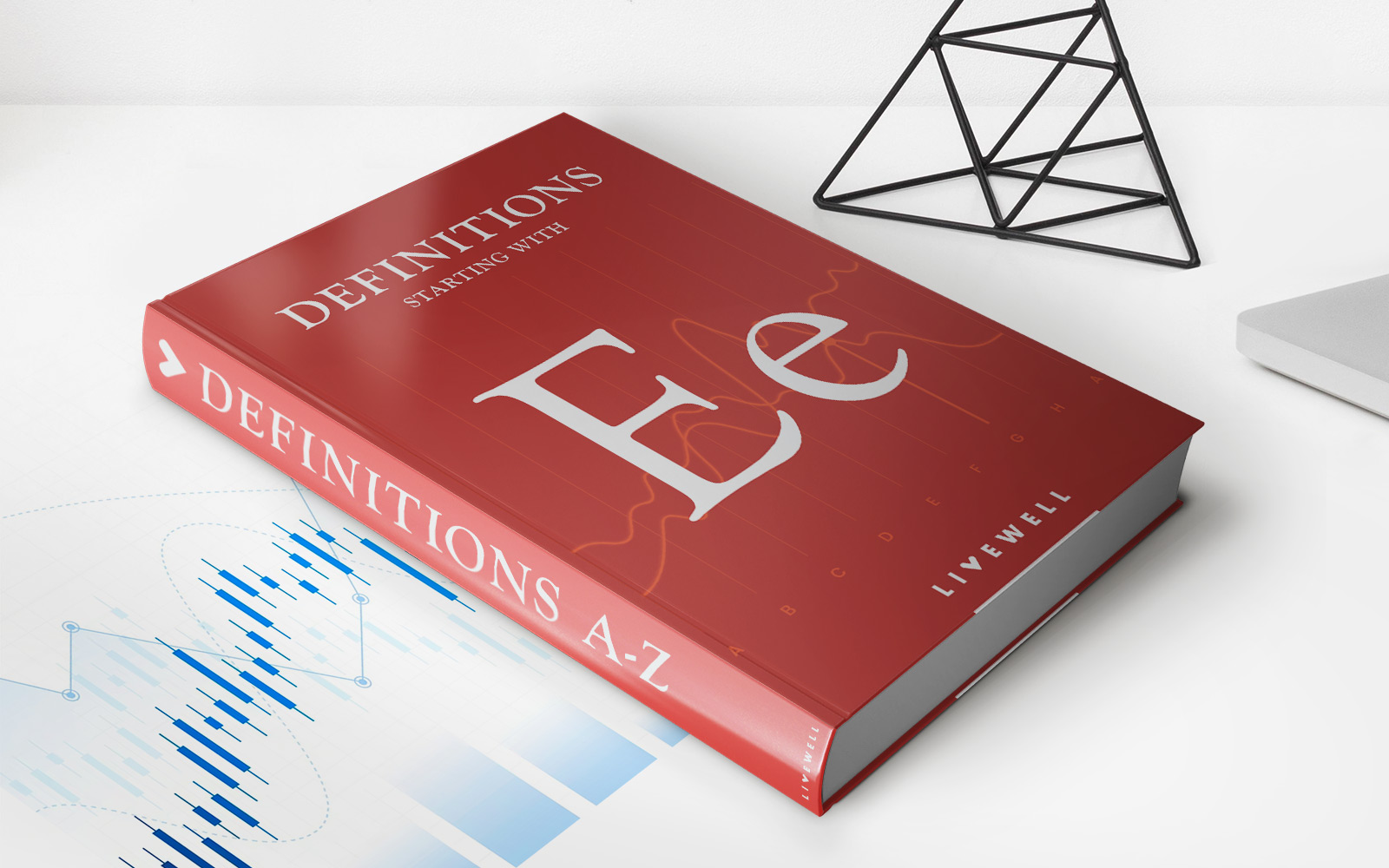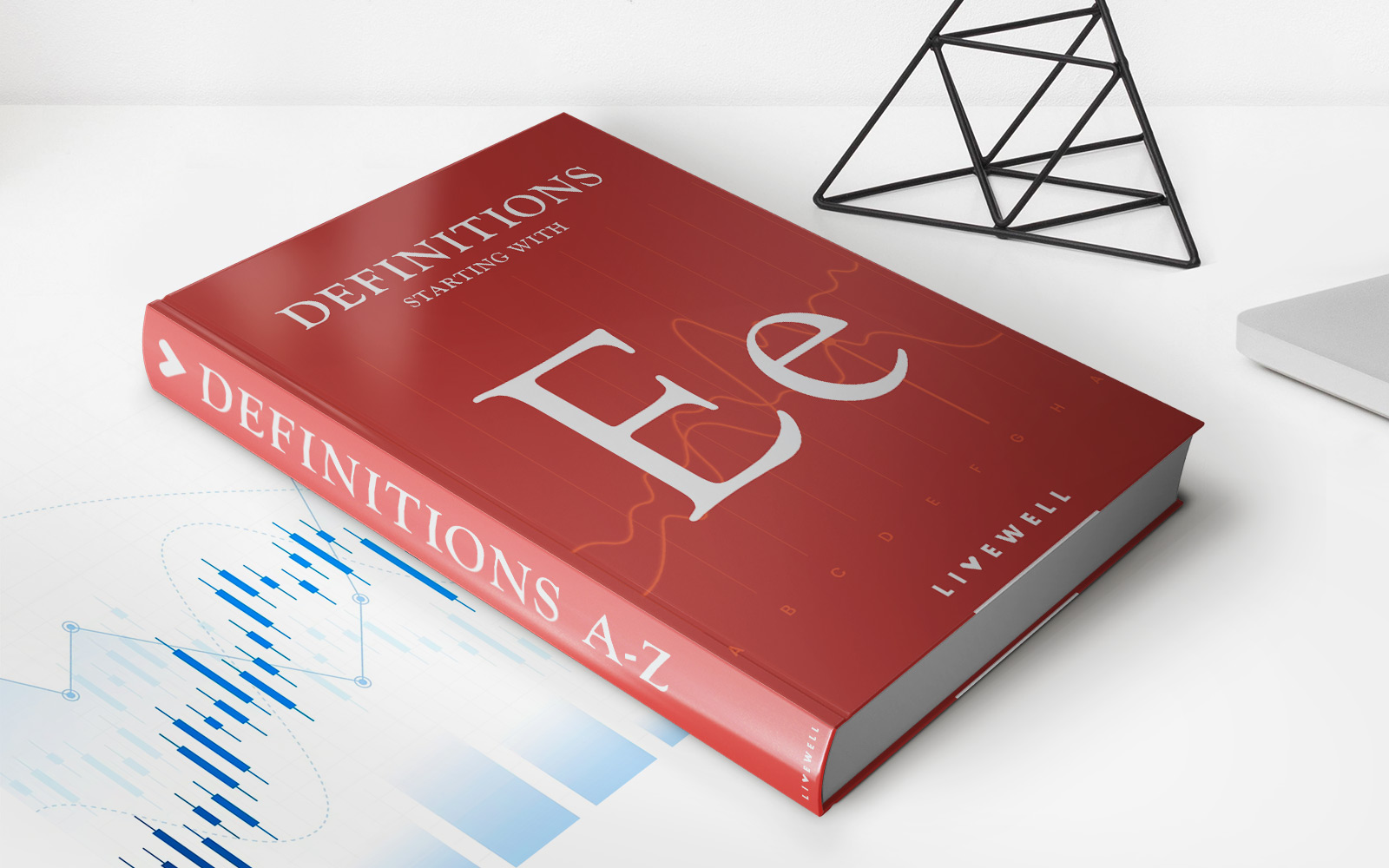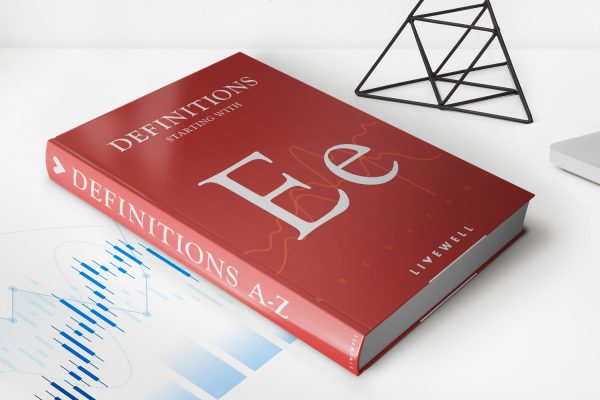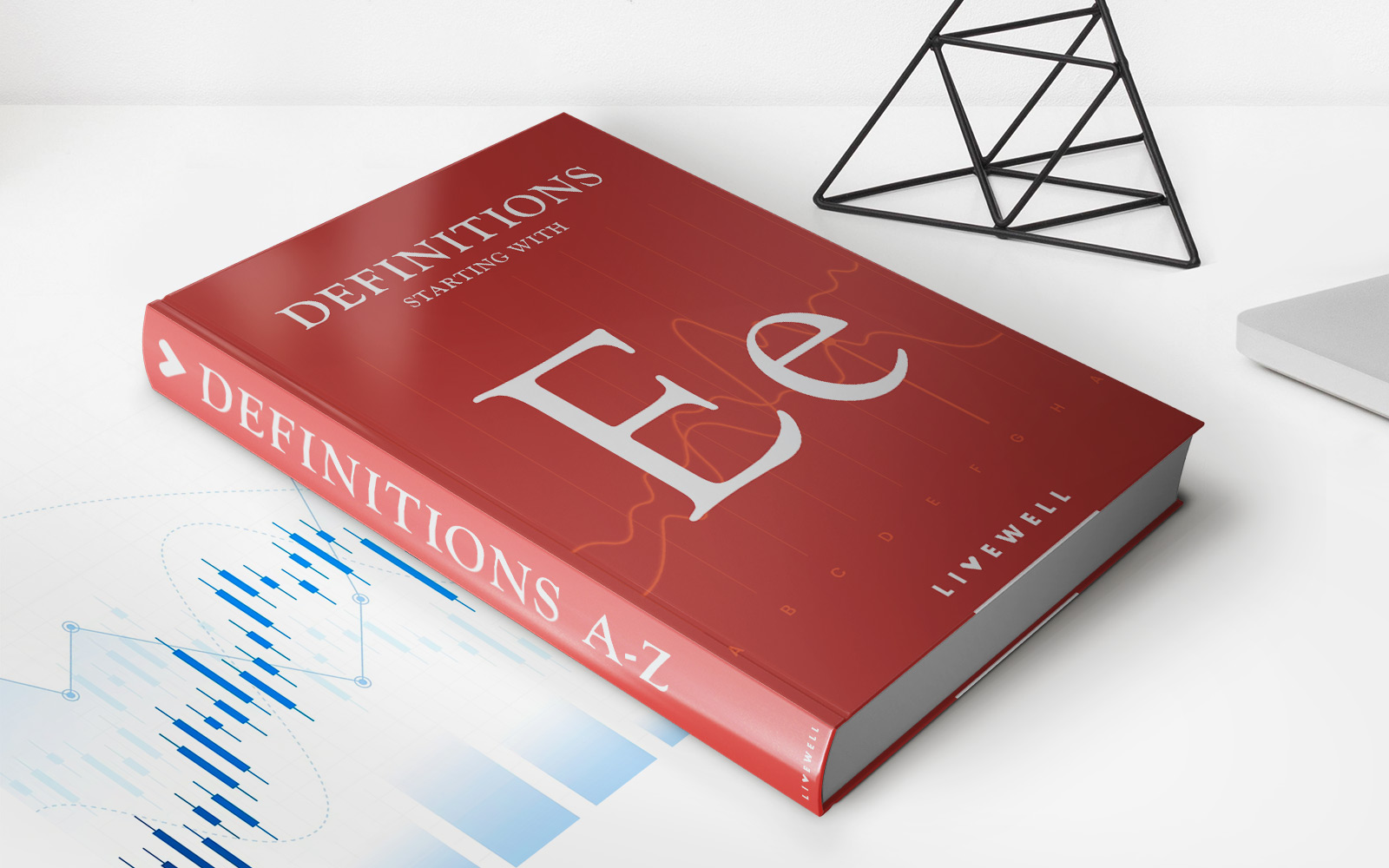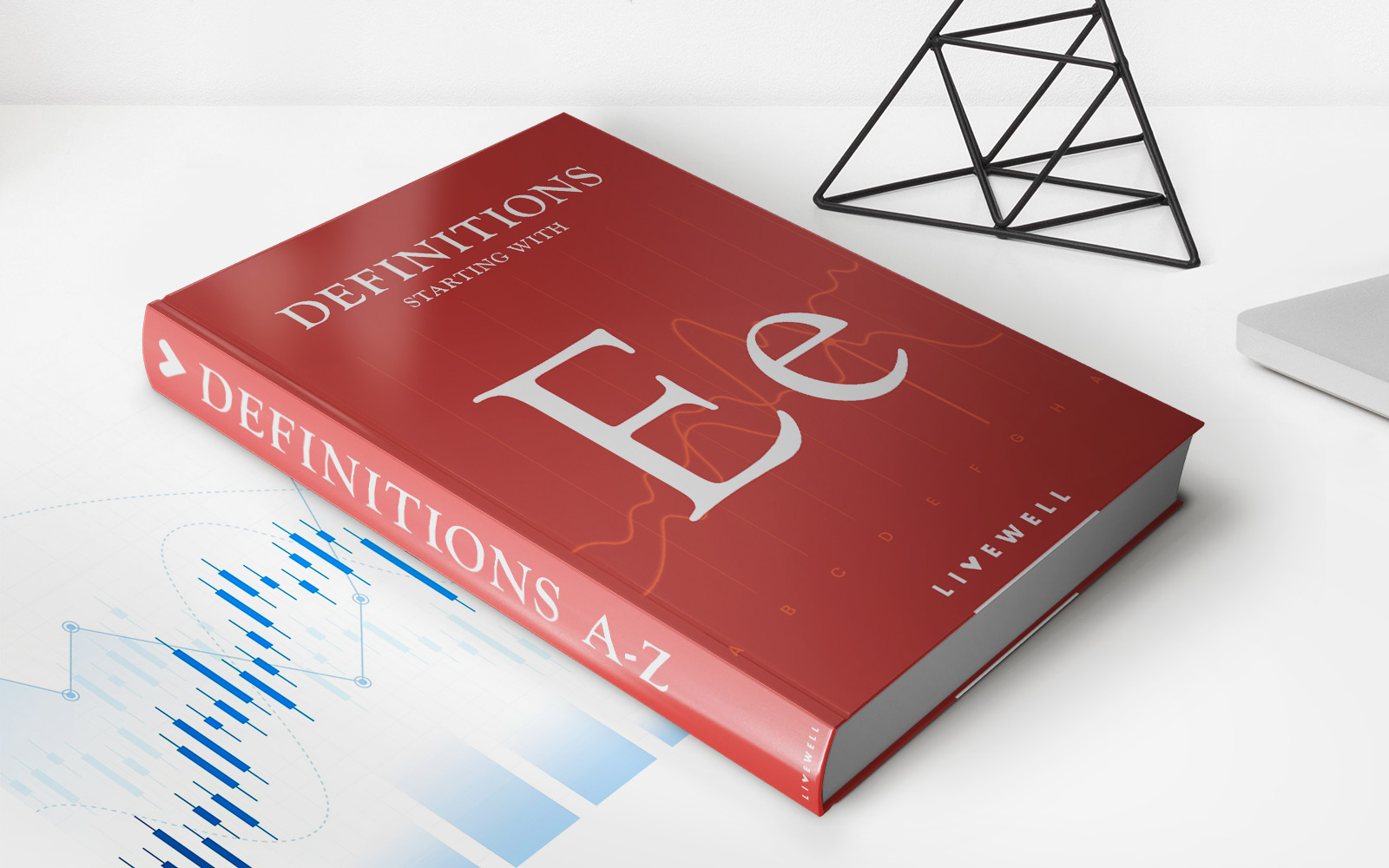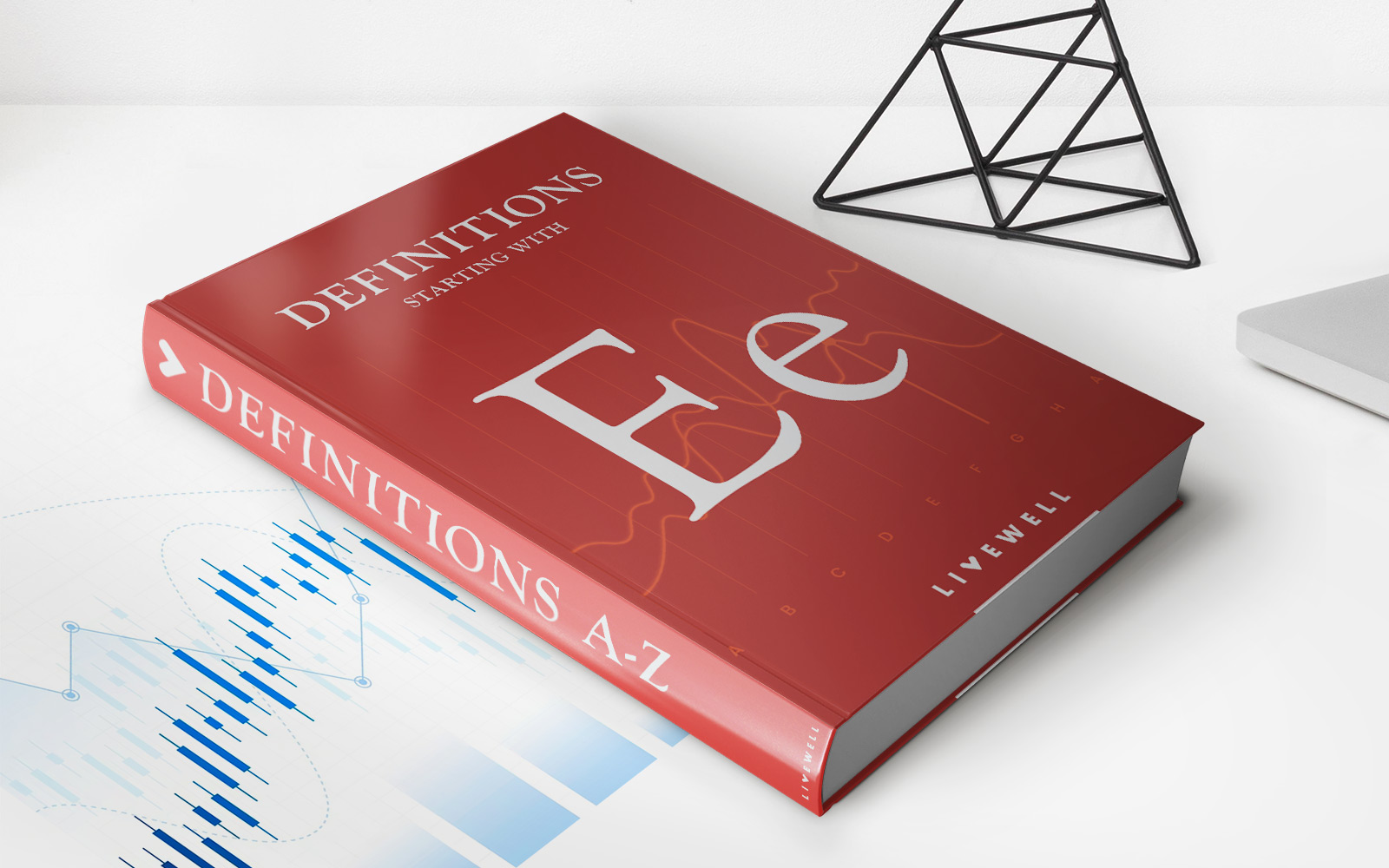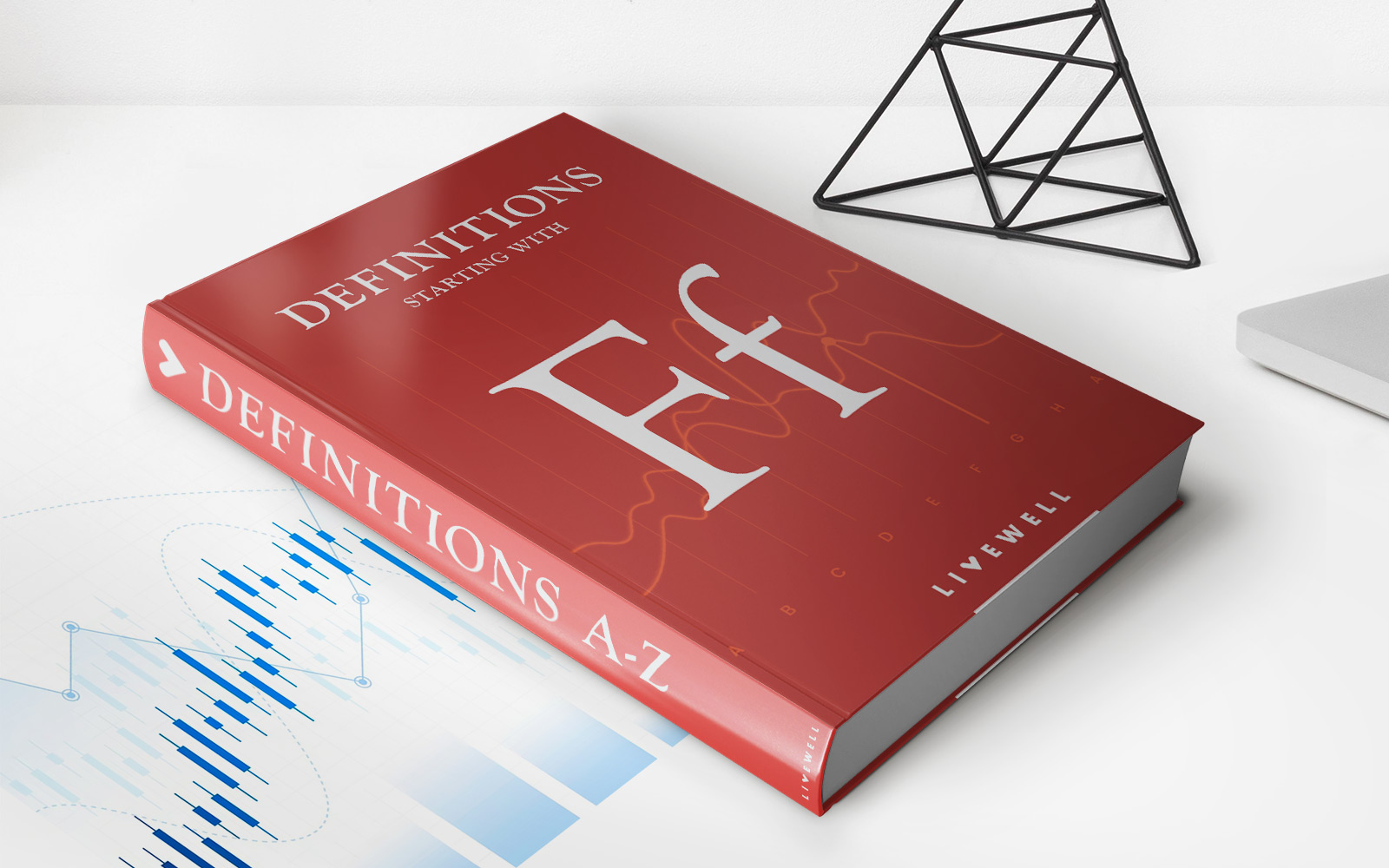Home>Finance>Electronic Check (E-Check): Definition And How It Works
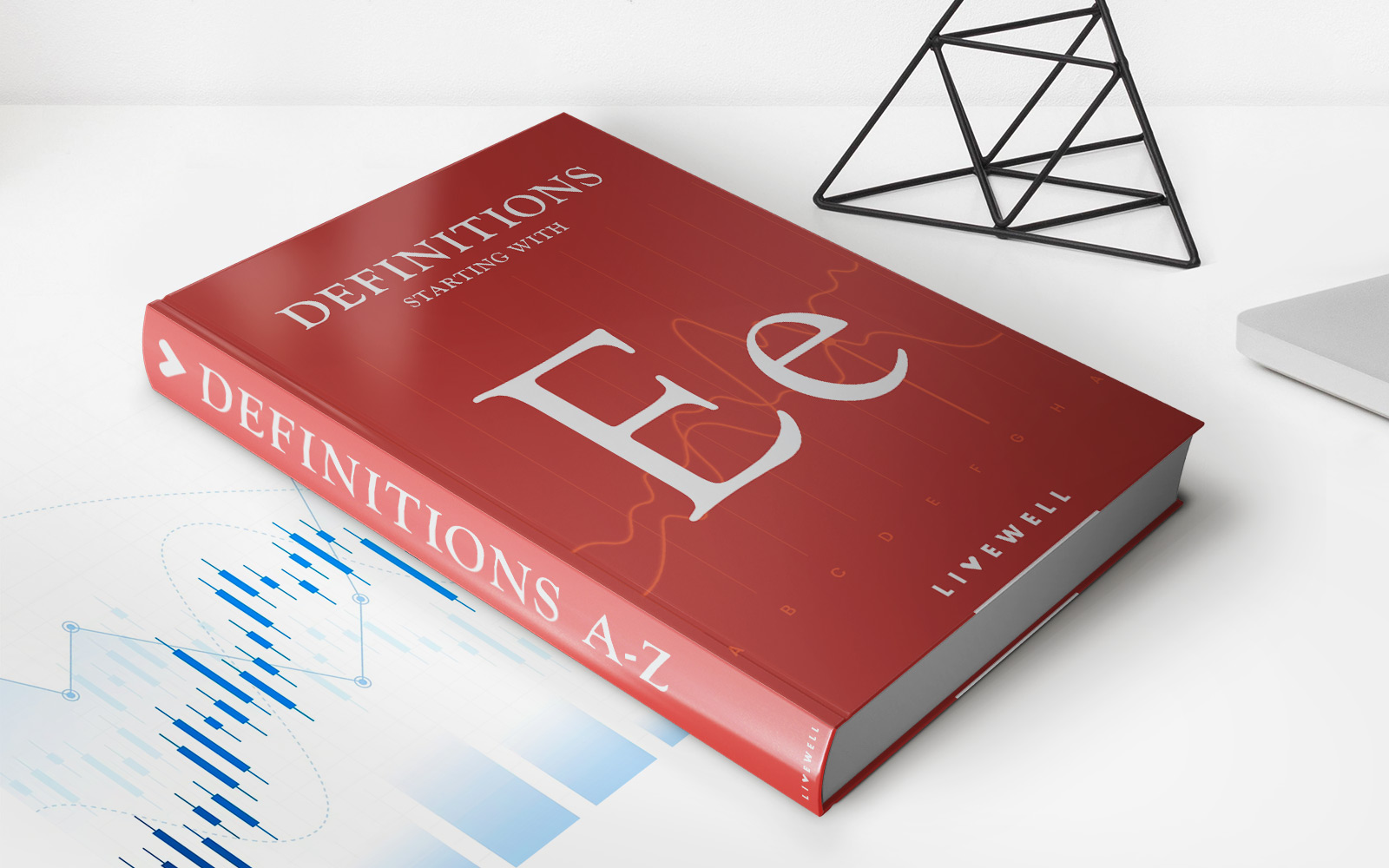

Finance
Electronic Check (E-Check): Definition And How It Works
Modified: February 21, 2024
Learn about electronic checks (e-checks) in finance and discover how they work to streamline payment processes.
(Many of the links in this article redirect to a specific reviewed product. Your purchase of these products through affiliate links helps to generate commission for LiveWell, at no extra cost. Learn more)
Electronic Check (E-Check): Definition and How It Works
Welcome to our “Finance” category, where we dive into various financial topics to help you make informed decisions about your money. Today, we’ll be exploring the world of electronic checks, commonly known as E-Checks. If you’ve ever wondered what an E-Check is and how it works, you’ve come to the right place.
In this blog post, we will provide a comprehensive definition of E-Checks and explain the process behind this modern method of payment. By the end, you will have a better understanding of how E-Checks work and their benefits in the digital age.
Key Takeaways:
- An Electronic Check, or E-Check, is a digital version of a traditional paper check used for making payments.
- E-Checks work by converting a check into an electronic format, allowing for faster processing and reduced costs.
What is an E-Check?
An Electronic Check, or E-Check, is a digital payment method that aims to replicate the functionality of a traditional paper check. Just like a physical check, an E-Check authorizes the transfer of funds from the payer’s bank account to the payee’s bank account. However, instead of using paper and ink, E-Checks operate in the digital realm.
How Does an E-Check Work?
Now that you have a basic understanding of what an E-Check is, let’s explore how it works:
- Authorization: The payer initiates the E-Check payment by providing their bank account information and authorizing the payment.
- Processing: The payment information, including the payer’s account details, the payee’s information, and the transaction amount, is securely transmitted through an electronic network to the payer’s bank.
- Verification: The payer’s bank verifies the availability of funds and initiates the transfer if all criteria are met. If the funds are insufficient or the account is closed, the E-Check is declined.
- Clearing: The electronic transfer of funds from the payer’s bank to the payee’s bank takes place, usually within a few business days.
- Notification: Both the payer and the payee receive a confirmation of the transaction, either via email or through their respective online banking platforms.
Benefits of E-Checks
Now that you understand the process behind E-Checks, let’s explore some of the benefits they offer:
- Convenience: E-Checks eliminate the need for physical checks and trips to the bank, allowing you to make and receive payments from the comfort of your home or office.
- Cost-Effectiveness: E-Checks can be more cost-effective than traditional paper checks, as they eliminate expenses associated with printing, postage, and manual processing.
- Efficiency: With E-Checks, transactions are processed electronically, leading to faster clearing times compared to paper checks, which may take several days to complete.
- Security: E-Checks utilize secure networks and encryption protocols to protect sensitive financial information, reducing the risk of fraud or unauthorized access to account details.
As the digital revolution continues to reshape the way we handle financial transactions, E-Checks play a vital role in providing an efficient, secure, and cost-effective method of payment. Whether you’re a business owner or an individual, understanding E-Checks can help you embrace the convenience of electronic payments and streamline your financial operations.
We hope this blog post has shed light on the definition and inner workings of E-Checks. If you have any further questions or need assistance with anything finance-related, feel free to explore our other blog posts or reach out to our team of financial experts.
